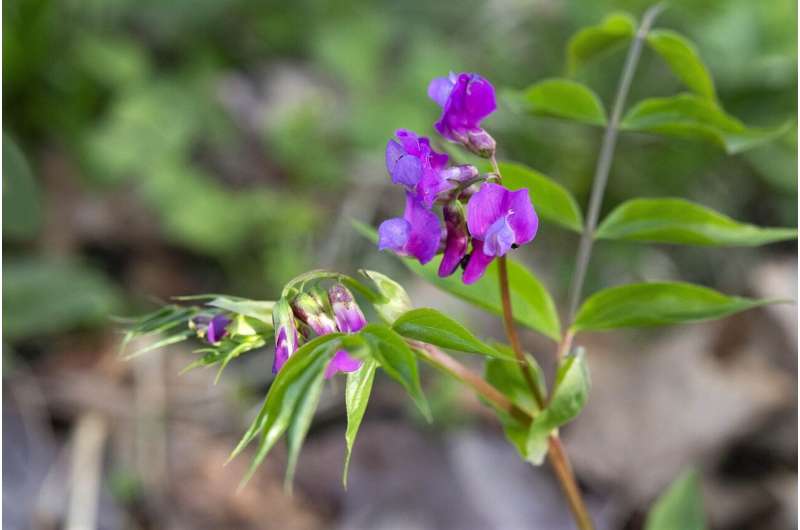Climate change is not the only threat for plants

To maintain plant and animal species on earth, we need not only to consider the direct effects of climate change, but we must also take other equally important environmental issues into consideration—such as changes in agricultural and forestry practices and indirect effects of climate such as increased frequencies of fires.
"We should absolutely address the climate issue with the utmost seriousness, but, when it comes to biodiversity, there are many other threats that are at least as important to consider," says Johan Ehrlén, professor at the Department of Ecology, Environment and Plant Sciences of Stockholm University.
A recent study published in the scientific journal PNAS has looked at many different types plants; trees, shrubs, herbs and grasses from all over the world. The aim was to explore which environmental factors has the largest effects on the number of plants and how these plants are distributed in the landscape. The scientists looked among other things at effects from climate, pollinators, plant feeders, competition and natural disturbances, such as hurricanes, flooding and fires.
"We found that fires are more important for the survival of plant populations than the direct effect of the climate change. The fact that there are more fires is partly an indirect effect of climate, however. We need to start looking at the indirect effects of climate," says Johan Ehrlén.
Currently, most of the research on plant distributions focuses on the effects of climate. This has two reasons. One is that climate data is readily available in the form of climate maps, which makes it easy to work with—since you don't have to collect a lot of data yourself. The other reason is that society currently is very concerned about the effects of climate.
"Today there are many opinions about what environmental factors are most important to species survival and distribution, but in fact we have very little quantitative information about this. We wanted to go from having mere opinions to finding out how much we actually know," says Johan Ehrlén.
In Sweden, as well as in many other parts of the world, how we use the land is probably more important to biodiversity than climate. One of the major threats in Sweden is the intensification of forestry, leading to more even-aged forests with a single tree species and less old forests, and negative effects on biodiversity. Another large concern are changes in agriculture which have resulted in more homogenous landscapes and smaller areas of habitats that can host many species.
Johan Ehrlén wants to emphasize that the study has only examined small and moderate influences of human land use:
"But if we had included what happens when you remove plants completely, like when you take away an entire forest or build roads, the effect by humans would be even larger," says Johan Ehrlén.
The study "Biotic and anthropogenic forces rival climatic/abiotic factors in determining global plant population growth and fitness" is published in the Proceedings of the National Academy of Sciences (PNAS).
More information: William F. Morris et al. Biotic and anthropogenic forces rival climatic/abiotic factors in determining global plant population growth and fitness, Proceedings of the National Academy of Sciences (2019). DOI: 10.1073/pnas.1918363117
Journal information: Proceedings of the National Academy of Sciences
Provided by Stockholm University



















